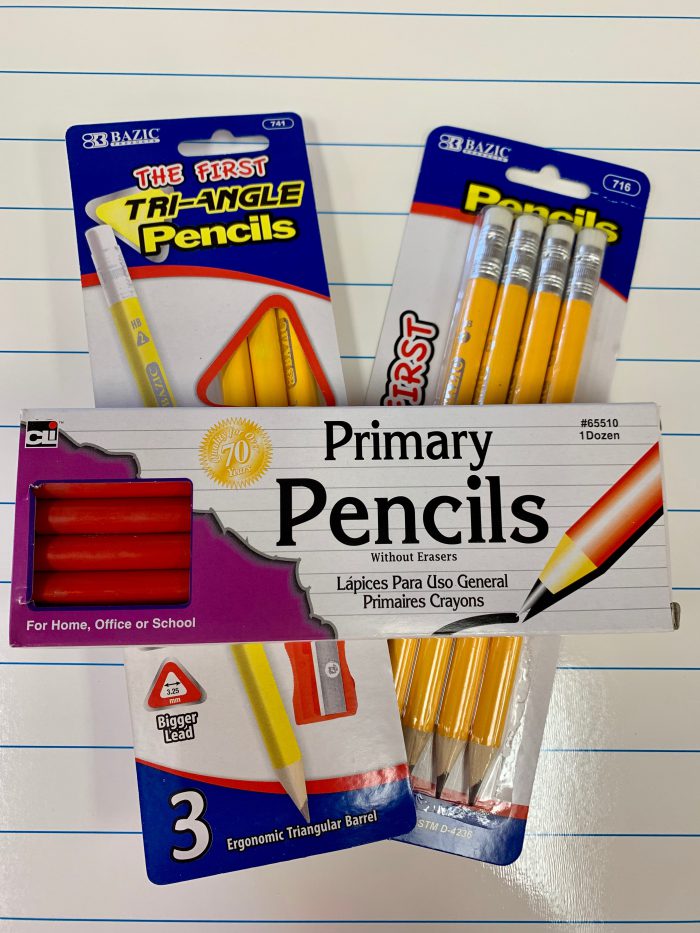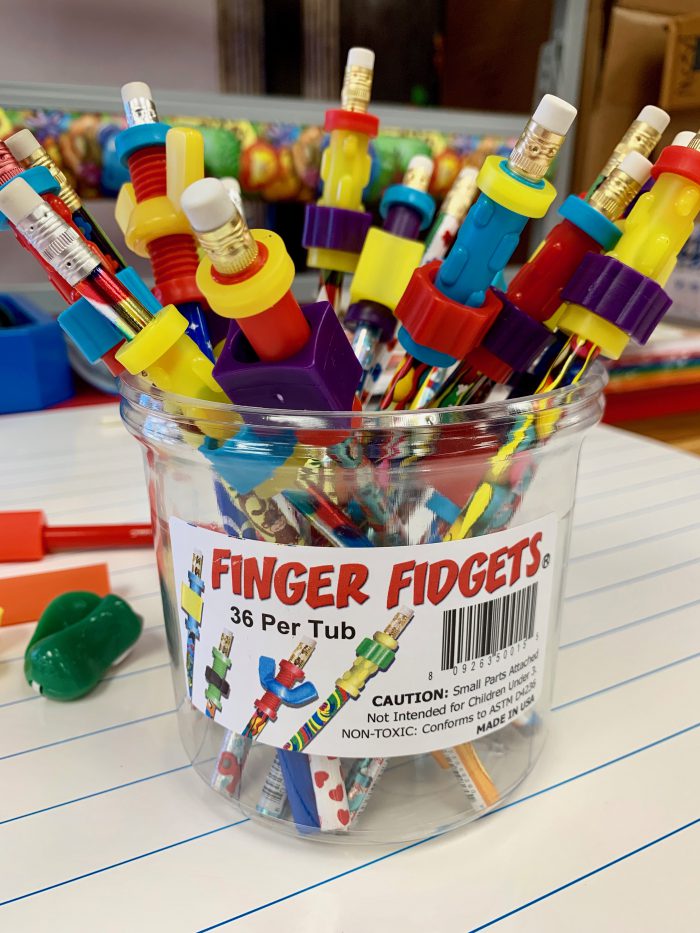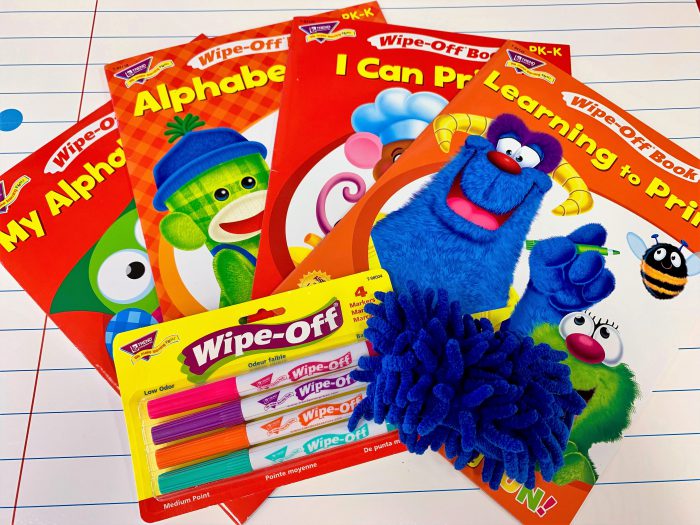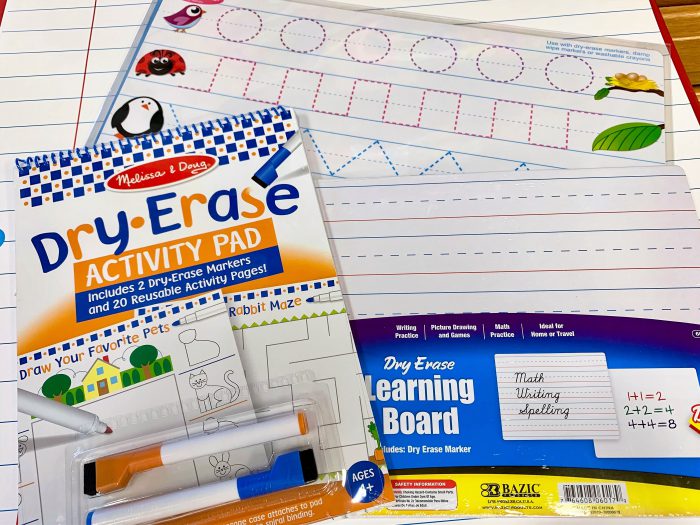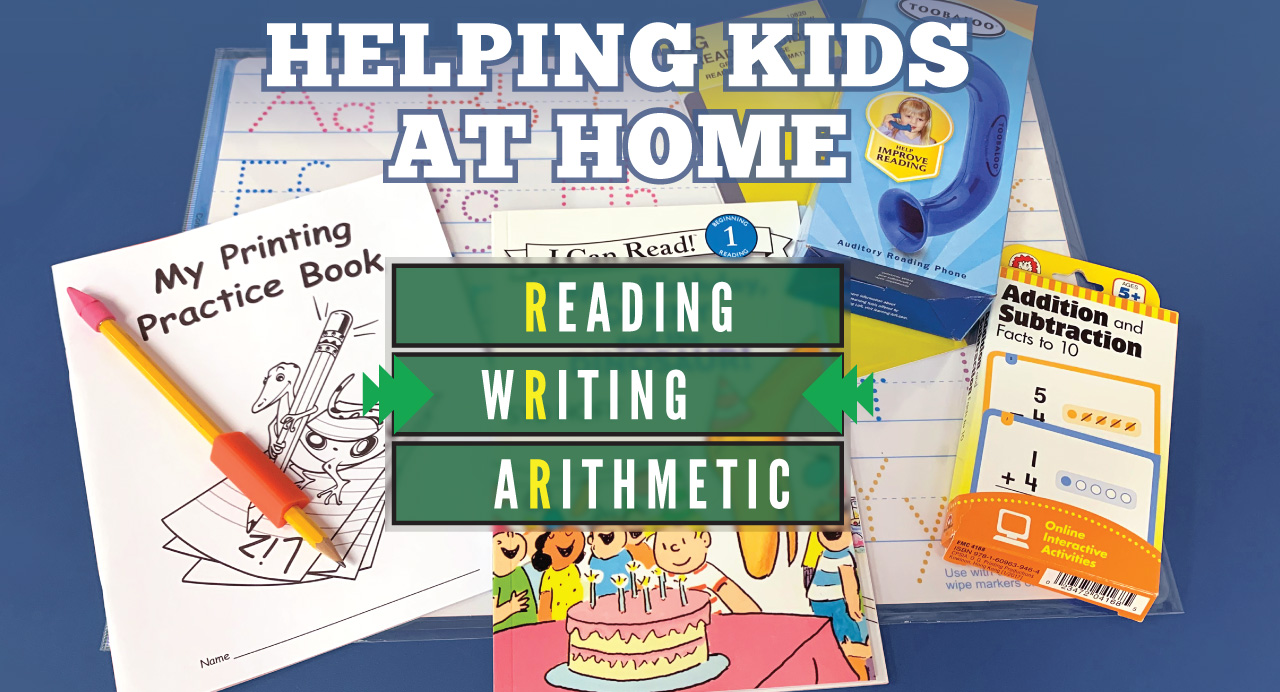
Helping Kids at Home with the 3 Rs: Writing
You can make anything by writing-
C. S. Lewis
The second in the traditional 3 Rs of academics, writing, ties in closely with the first “R” we wrote about in our last blog post on reading. Reading is the stepping stone to writing. Here we’ll focus on handwriting skills and tools to help kids succeed in that area. We’ll look more closely at components and traits of writing in future posts.
Why write?
It’s important to convey to kids WHY they should work on handwriting, and not just because they are being told they should. Writing is a way to communicate ideas and opinions, a way to give directions and stay organized, and a way to process thoughts. It is a way for people with creative minds to bring stories to life. Imagine a world with no writers!
While your child may not be the next Hemingway, handwriting is a skill they must possess not only to keep up with their educational goals, but also to write a letter grandma, create a book or journal, or even write a wish list to Santa! Once children understand that letters form words, have certain sounds within those words, and begin reading, they can then move ahead to tracing letters and even words or learn them as they go. There is no perfect order in which every child will learn to write, and as we noted in our reading post, not every child is ready at the same age for the same skills.
Does your child have the write stuff?
Your child has probably already used crayons for coloring. Maybe even a pencil to scribble. But writing letters and words and having the control needed for that task is a completely different idea. Learning to write is difficult enough, so make sure you have the tools to make it easier and fun for your child! Start with a pencil suited for small hands; there are a lot of different options! Jumbo pencils are a classic choice and come in round or triangular shapes so pencils will stay put. Have you heard of Twist ‘n Write or Write Size pencils? Twist ‘n Write is a wishbone shaped pencil that guides kids to use a tripod grip and has a thick, refillable lead. Write Size pencils are available in age appropriate sizes and help children control their grip as well.
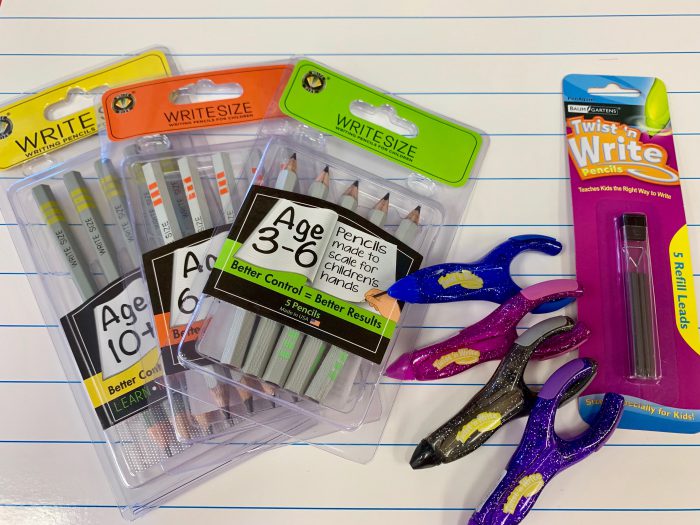
Get a grip and stay sharp
Of course, a standard pencil will do the trick as will a golf pencil. A fun decorative or fidget pencil is also a great option! But the right pencil grip to use with a regular pencil might be needed to help your child hold it correctly. Pencil grips come in several different styles and stages of learning. There are also writing claws and pencil grips that double as an eraser and fit on some wipe-off markers, crayons, and other writing instruments. Don’t forget to have extra erasers and a pencil sharpener handy!
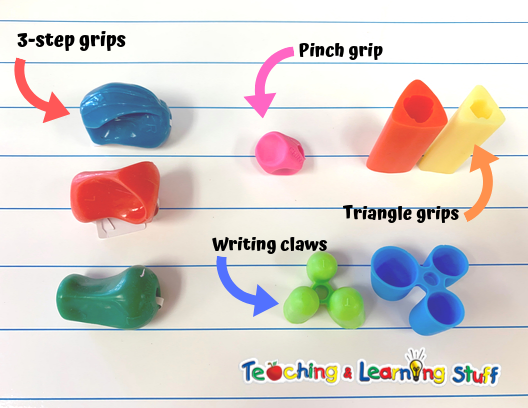
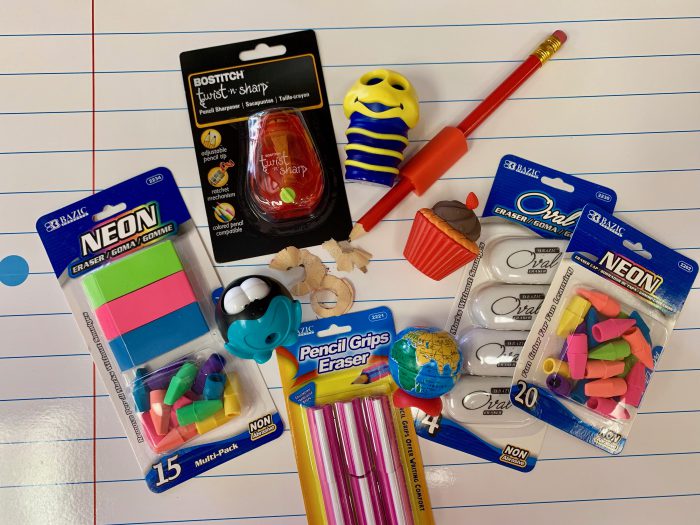
Pre-writing Activities
As your kids are learning about letters, and before they write whole words, you can act as the scribe and help them put their thoughts down in an organized manner. By now the child may recognize most if not all letters. If not, writing them or watching you, the adult, write them may help them make the connection. Give your child a blank book, journal, or composition notebook where she can draw pictures at the top and dictate the story of what is happening for you to write down.
A few of our favorite things
Touch and Trace cards are great for those kids who might benefit from more of a multi-sensory writing approach. The textured letter and directional arrows help kids figure out where to stop and start when learning how to form letters. These come in upper-case and lower-case sets, as well as numbers. You can use these alone, or alongside a tray of kinetic sand. First, say the letter aloud, then show the child how to follow the letter on the Touch and Trace card with his finger. Then let him trace it the same way in the sand. This type of pre-writing activity not only helps cement the formation of letters but works on motor skills required for writing. Introduce a few letters at a time and add the sound the letter makes as your child gets more comfortable with letter recognition. Soon you will put the letters in a row to make easy three letter words, to spell out your child’s name, and much more. You have a writer in the making! Check out our Sandpaper letters for a similar approach.
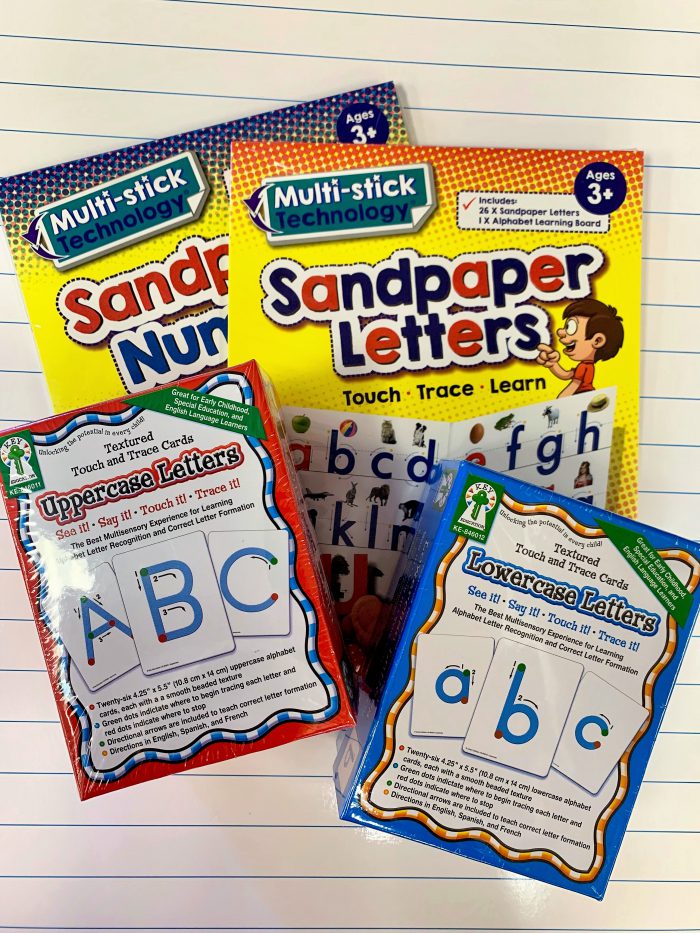
Simple things like tracing shapes, patterns, and lines can help to master pencil control. Have activity books of easy mazes and dot-to-dot puzzles handy for a fun way to work on pre-writing skills. Wipe off cards for pre-printing and alphabet practice are available as well.
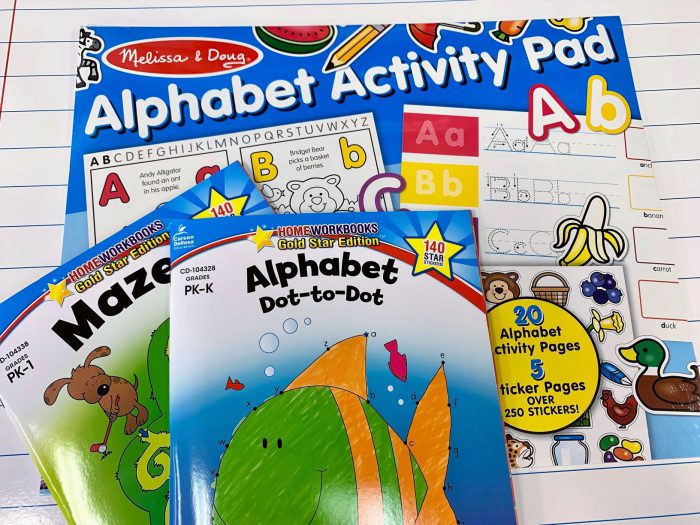
Ready, set, write!
There are several options for writing letters, beginning with tracing them. Erasable learning mats from Melissa & Doug, which are about the size of a placemat, can be used with wipe off crayons or a #2 pencil then erased. These have a directional arrow to show where to start and stop and are great to have at the table for practice while mom or dad are working in the kitchen. Write on/wipe-off items that require a marker and eraser include poly mats, lapboards, and even select workbooks that can be used over again.
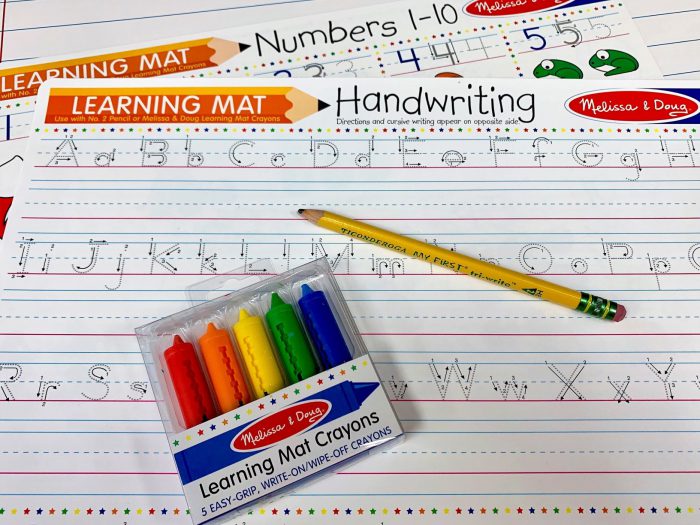
Workbooks specifically made for handwriting are sometimes reproducible. We recommend using them with pencils and keeping the pages intact in order to track the child’s progress, but you can also tear them out and use them with dry erase pockets and wipe-off markers. Workbooks are compact enough for travel and easily fit into a backpack.
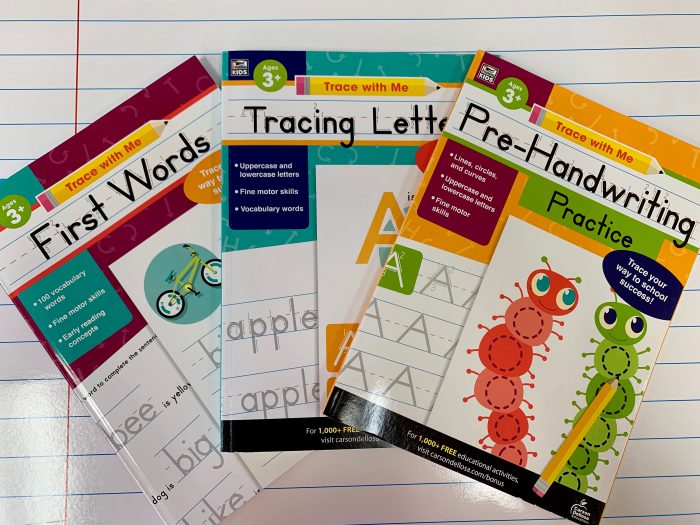
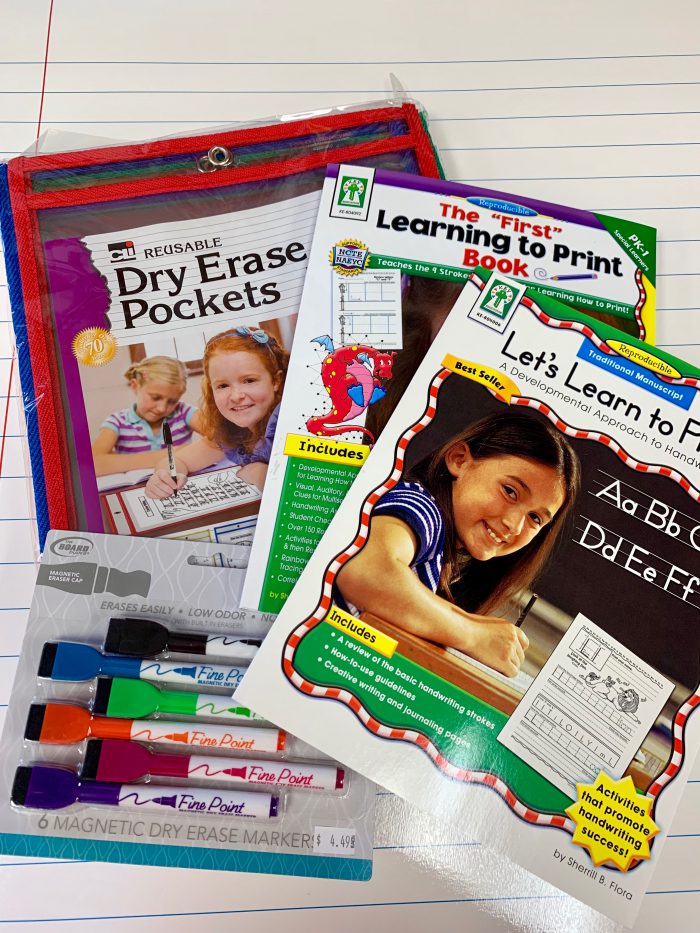
What’s next?
When your child is writing letters more fluently, and connecting them to make words, you’ll see an emergent writer. She may attempt to write her name, write short words on her own, and sound some out but misspell them when they are written. Don’t despair, and gently correct! Don’t discourage writing in any form. The fact that you have led your child to this point in their writing ability is a moment to be proud of. Allow that type of creative writing and be sure to keep their best work on file to show them their progress as they move ahead. Writing, when taught early enough to not discourage, helps children learn a valuable skill that will carry them through adulthood.
We’ve covered early writing help in this blog post but have an abundance of tools for writing across grades. Visit us in our stores or check out writing workbooks and more on our shop site. Thanks for stopping by!
